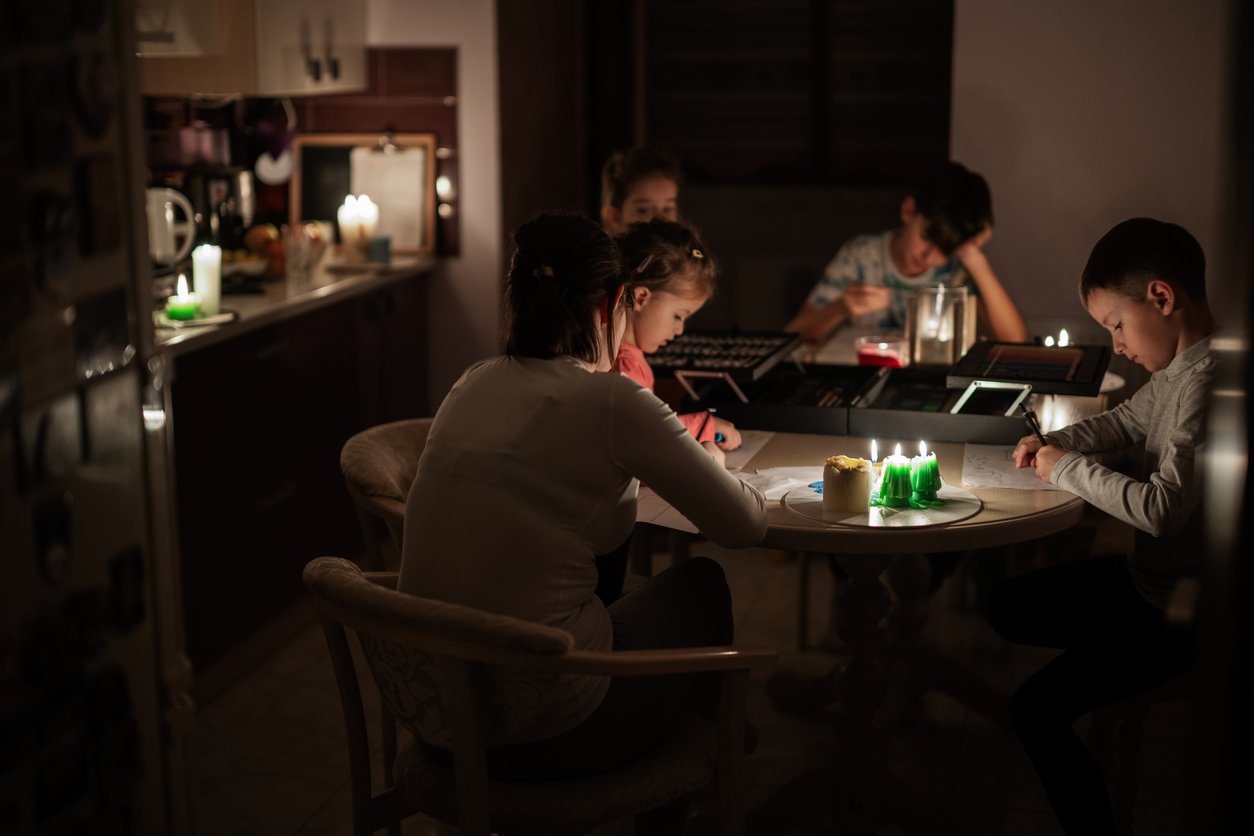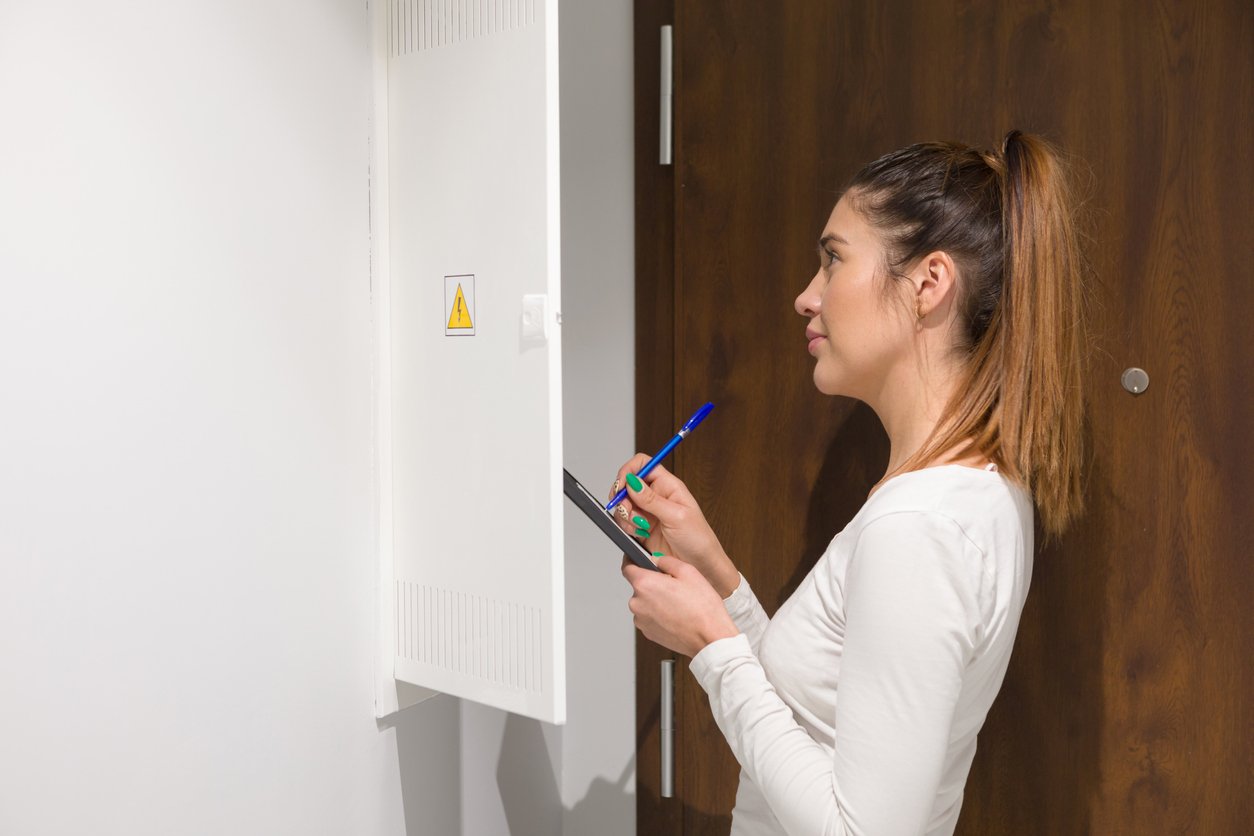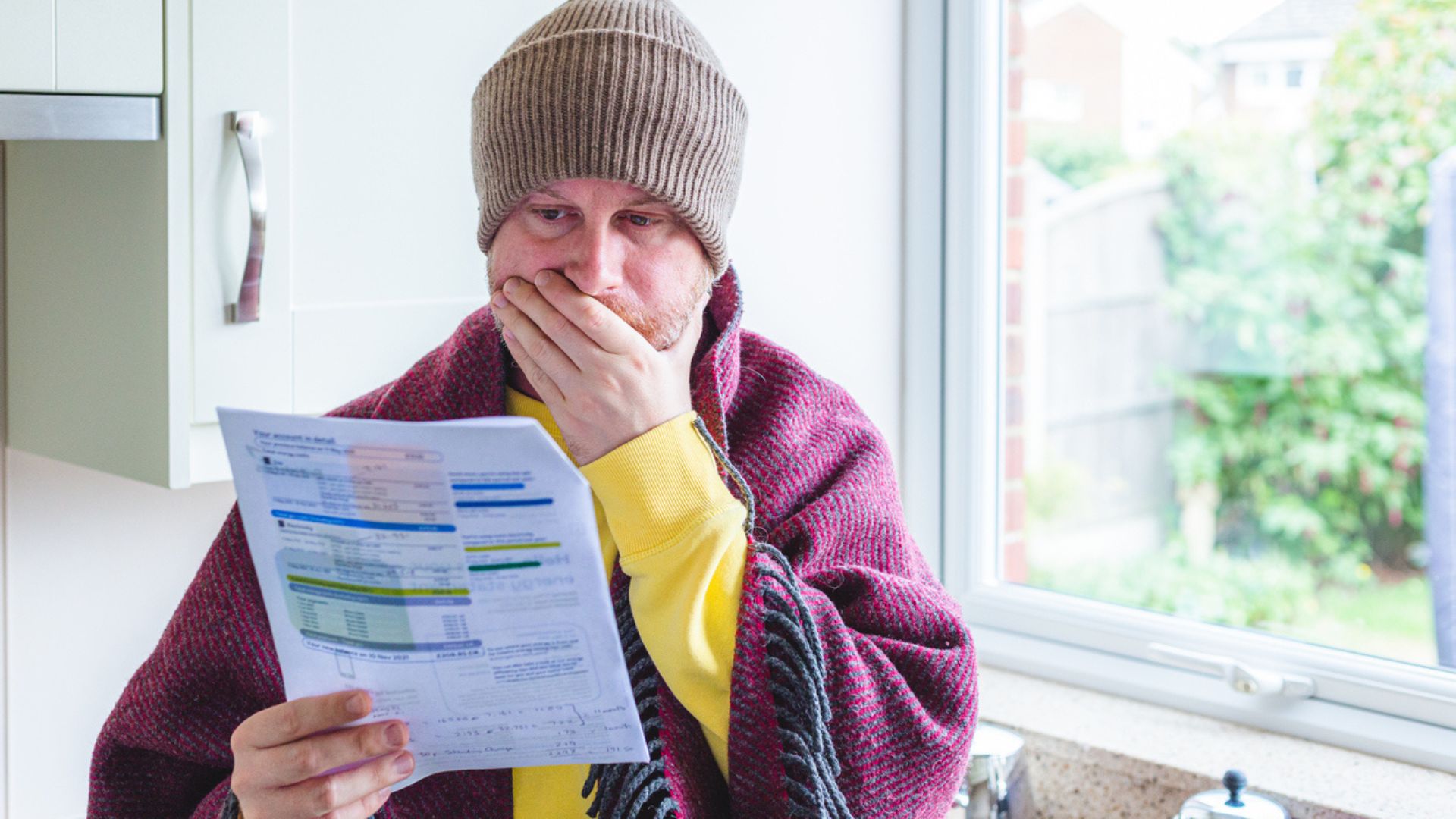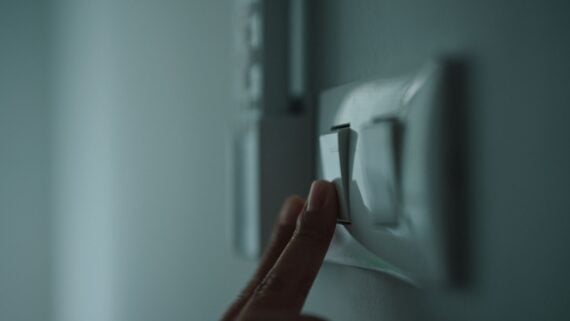Raise your hand if you barely made it out of summer without defaulting on your electric bill. You’re not alone. Americans are falling behind on basic utilities — not luxuries, not splurges, but the literal power that keeps food cold and houses warm. And for a growing number of households, the consequence of skyrocketing energy costs is immediate and brutal: the lights go out.
A new report from The Century Foundation and Protect Borrowers shows that nearly 1 in 20 households are now in collections or delinquent on utility bills, with the problem especially severe across the South and Appalachia, where the rate jumps to 1 in 12.
Energy Bills Are Rising, and So Is Debt

The average overdue utility balance has jumped from $597 in 2022 to $789 this year, a 32% surge. Residential electricity prices rose 10.5% between January and August — one of the fastest spikes in a decade.
This spike is fueled by:
- Higher natural gas prices
- High interest rates
- A massive surge in energy demand from data centers
- Plus climate-driven weather extremes, from deep freezes to unbearable heat waves
The National Energy Assistance Directors Association (NEADA) predicts this winter’s energy bills will rise another 8%, reaching nearly $976 per month on average. For many people, that’s a rent payment. That’s a mortgage payment. That’s obscene.
And while costs climb, most Americans’ incomes do not. So the math is simple: the bills don’t get paid.
Millions Are Getting Their Power Shut Off — and More Are Coming

NEADA estimates that 3.5 million households lost power at some point in 2024, and another 4 million are expected to be shut off in 2025.
Four million households. That’s the population of Los Angeles losing electricity at least once.
Some states provide cold-weather protections — but many do not, including Alaska (arguably the place most in need of such protection), Kentucky, Tennessee, Florida, the Dakotas, and more. In these places, if you miss payments, the power can go dark even in freezing temperatures. And the shutoffs aren’t small or sporadic. Con Edison alone, which provides service to New York City and Westchester County, New York, has cut service to 168,000 customers this year, five times as many as last year.
Most people get reconnected within a few days, but the fallout is brutal:
- Refrigerators full of groceries go bad
- Kids can’t do homework
- Medical equipment can’t run
- Pipes freeze
- And families freeze, too
People scrape together reconnection fees by borrowing from friends, payday lenders, or emergency assistance programs. Because when you can’t afford the bill, you definitely can’t afford the fee to turn the lights back on. As NEADA’s executive director, Mark Wolfe, put it: when money is limited, people prioritize food and medicine first. The utility bill becomes the thing you “push to next month”… until next month arrives, and everything collapses at once.
How to Stay Ahead of a Power Shutoff

A few strategies that actually help:
• Call your utility company before you fall behind.
Most utilities offer hardship plans, payment arrangements, or extended timelines, but only if you ask early. Once you’re delinquent, options start fading.
• Check for state and local energy assistance programs.
LIHEAP, municipal aid, and emergency grants often go underused. Even if you think you won’t qualify, apply anyway — eligibility expands in high-cost periods.
• Ask about “levelized billing.”
This evens your bills over the year, so winter (or summer) spikes don’t wreck your budget. It’s not a discount, but it can prevent the cycle of panic and catch-up.
• Set alerts for usage spikes.
Many utilities let you track daily usage. If your energy demand jumps suddenly, you can adjust before the bill lands with a thud.
• And yes — cut what you can, but don’t blame yourself.
You’re not wasteful because your bill hit $400. The system is. Americans are being priced out of basic survival, not turning thermostats up to tropical settings for fun.
More Stories Like This From Cheapism

- 7 Easy Ways to Cut Your Energy Bill Over the Holidays — Discover some strategies for keeping the bill low while your holiday lights shine bright.
- You’re Not Alone: Report Finds Nearly a Quarter of U.S. Households Live Paycheck to Paycheck — Find out why the numbers may be even bigger than the report shows.
- ‘Heat the Person, Not the House’: Creative Ways to Cut Heating Costs Without Sacrificing Comfort — Want to lower your heating costs without resorting to cave life? Here are some creative tips to save money this winter.




